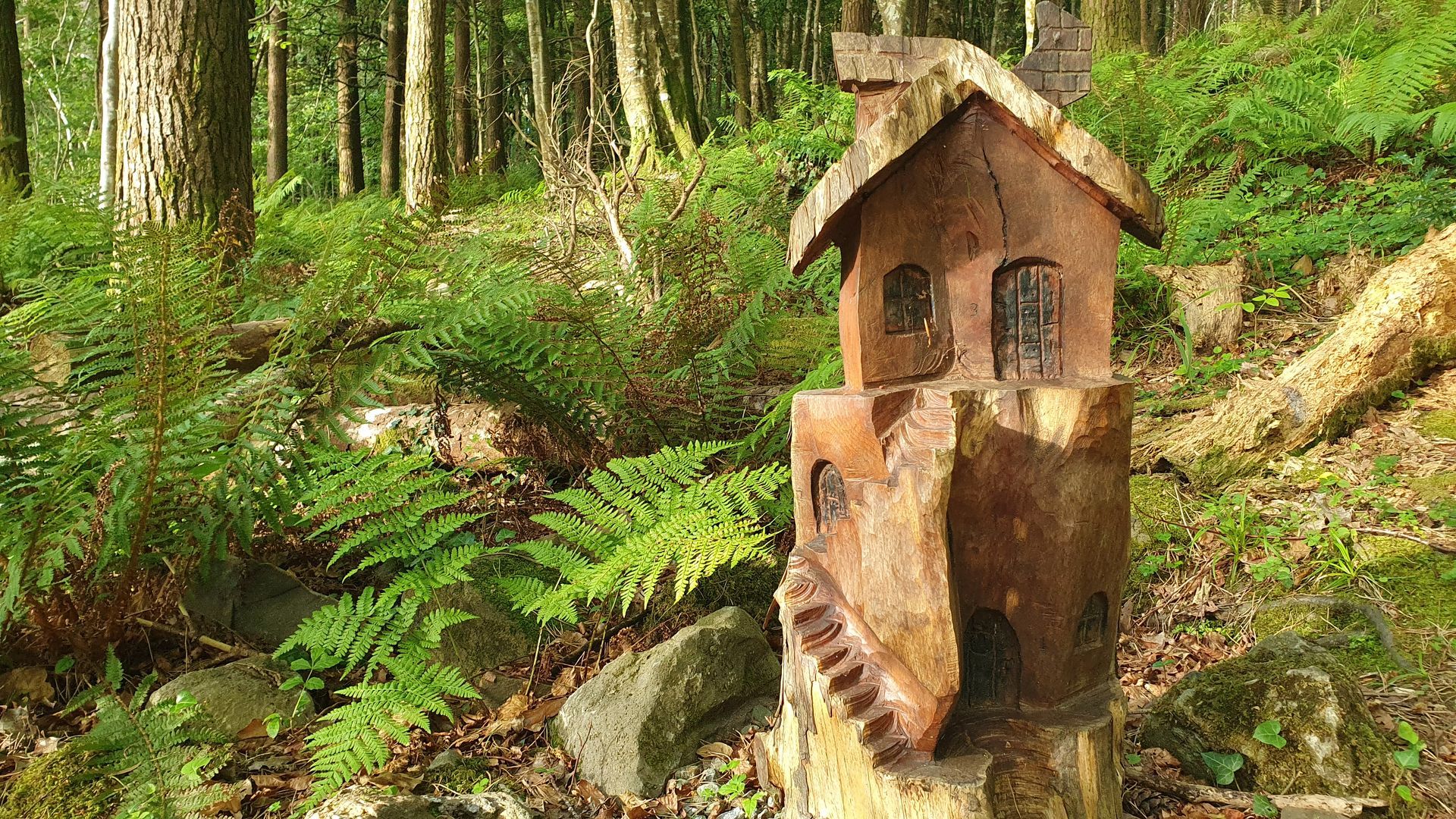Creating Conditions Conducive To Life
On Biomimicry's self renewal - the final installment - 3 of 3
The narrative contained herein began its authoring journey on the day before the autumn/vernal equinox of 2023. If you know your earth science, dear reader, you might be asking yourself, “which equinox?” On the 21st of March 2023, autumn is ushering in winter in the southern hemisphere, and spring is bringing joyous warmth to the northern hemisphere. (FYI, we love
National Geographic’s educational content in this regard.)
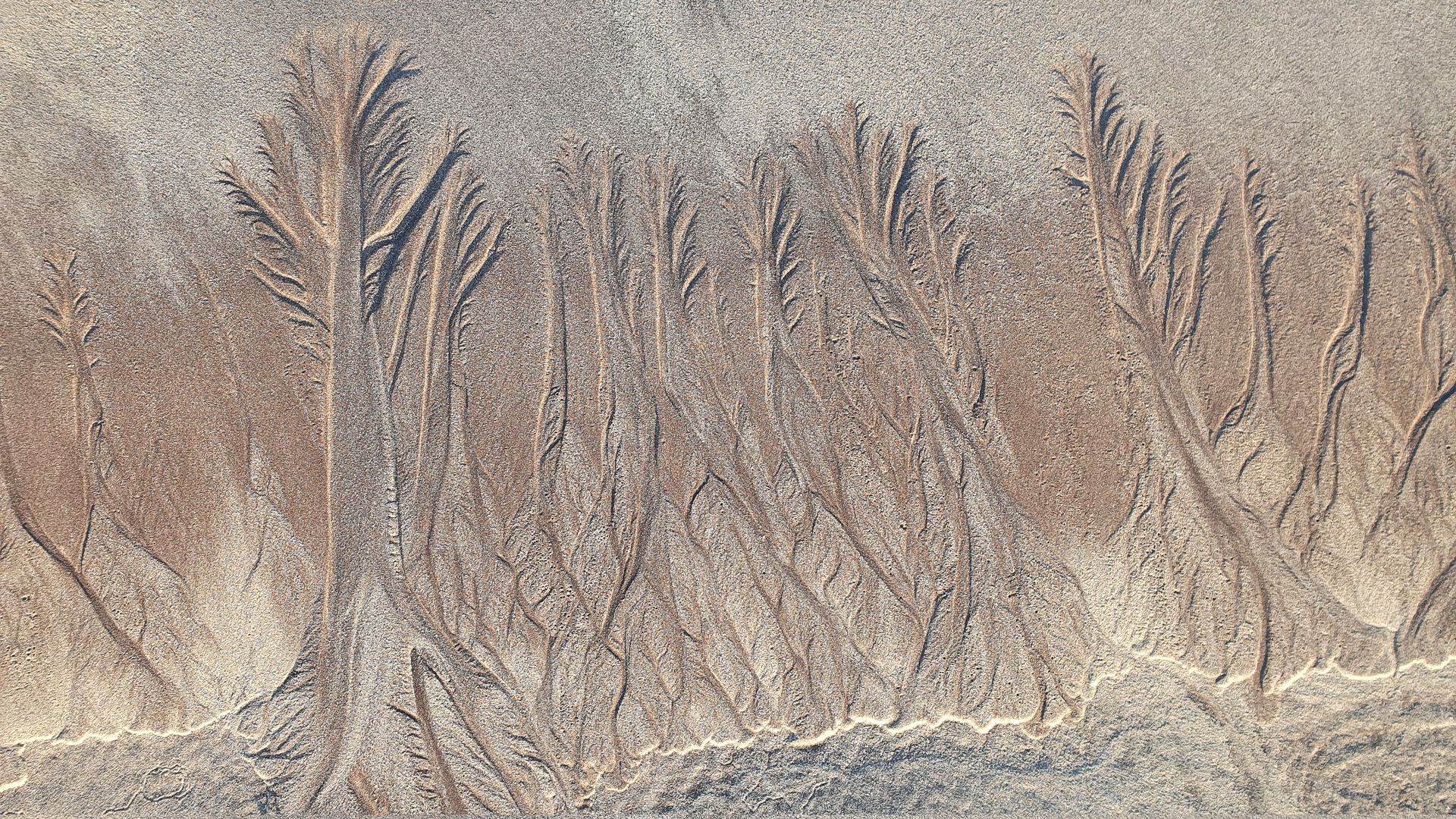
And, this narrative continued its development with thoughts roughly typed out – at pace – aboard an aeroplane. There were intervening periods of reflection and second-guessing of the direction it was going, and of the intent for its authoring. There was a steady scouting-about for the thread of truth we hope to be communicating. Then there was a blockage, a resistance of sorts. After that, there was an intentional process introduced with the intention to induce flow: a return to enjoyment of the creative process, for its own sake.
There are multiple threads that feel essential here, that have persistently been suggestive of some kind of interweaving process, that the author felt challenged to bring to fruition. And I, your author, know where I want (need?) to arrive with this narrative. Perhaps that was the problem—assuming foreknowledge of the destination.
Let’s go back to the beginning.
Our intention has been to author a trilogy of articles, together describing, honouring and marking the reconstitution of the BiomimicrySA team. With our previous two articles, the creative energy behind our words was our deeply-felt sense of loss of our friend, mentor and leader, Claire Janisch. Okay—that’s done now; we have acknowledged and worked through the emotional inertia that has been with us. What is next?
Let’s stay with the emotionally informed inquiry a little longer.
We carry feelings of anguish, hurt, wrath, despondency, incredulity – and more beyond words – in response to the injustices of inhumane behaviours. Moreover we are afraid; we feel scared and insecure, in response to the myriad claims of in-progress of imminent cascading ecosystem collapse, climate change, nuclear war, AI-powered war, fascist and totalitarian control regimes, and on and on and on the list goes. …
We sometimes record our expressions of these feelings, as a coping strategy, to relieve the burden somewhat.
We also feel excitedly optimistic! Life’s lessons have taught us that the meaning of life is to find meaning, to participate in meaning-making, and to simply experience this autopoetic way of Life. In other words, ultimately, acknowledging that things, “are as they should be”, is the first ingredient of a recipe for acceptance. It feels good to say, “it is what it is”, whenever challenge and discomfort cause dissonance, friction resistance to change, or the lack thereof.
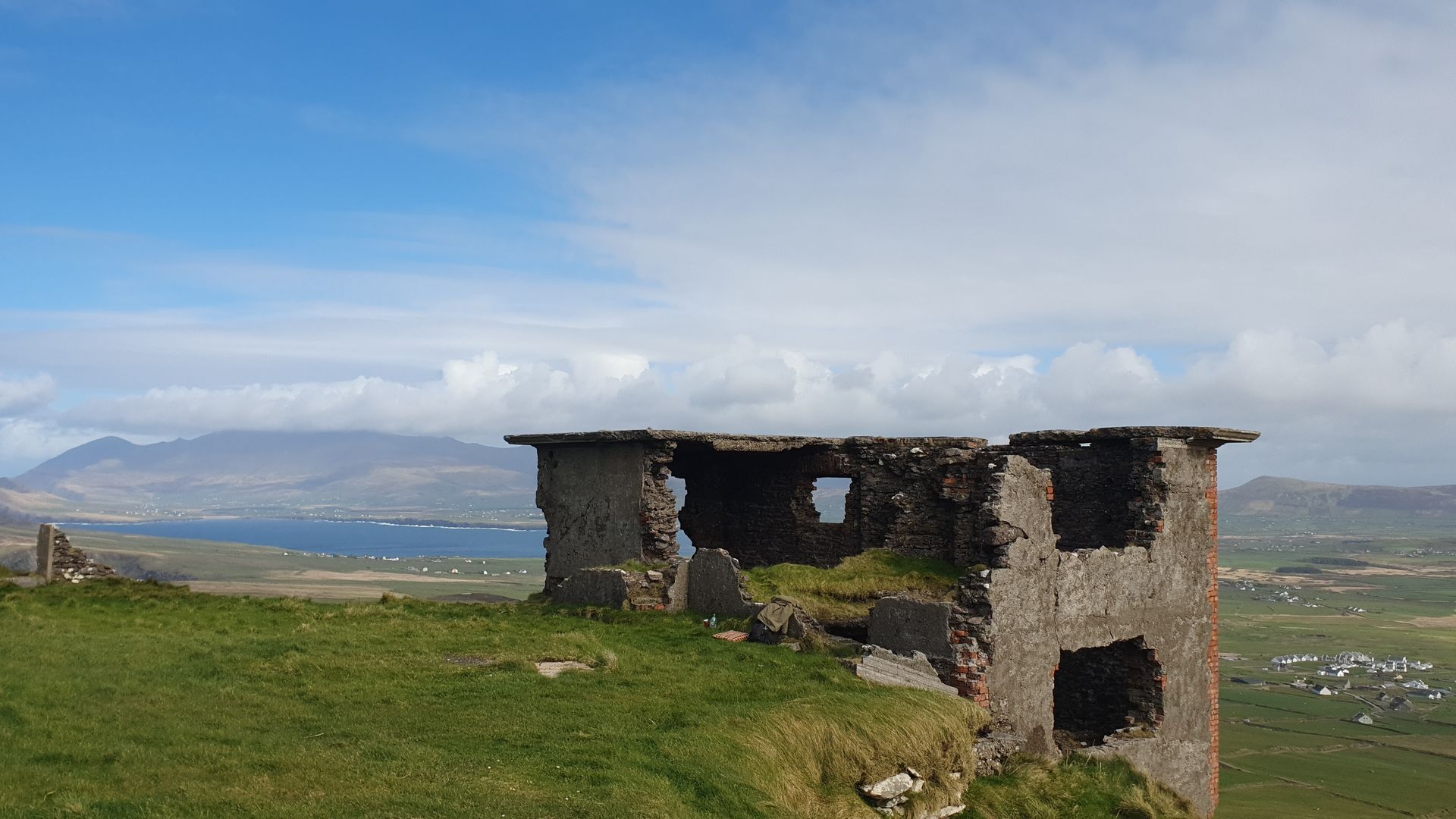
But I digress… Returning to the first statement, regarding inhumane injustice: in addition to being the equinox, the 21st of March is celebrated as
Human Rights Day, in South Africa.
On human rights, and more-than-human rights
As South Africans, Human Rights day is an important occasion. Acknowledging why this day matters is about recalling the sacrifices that have been made, in service of the greater good, justice, and our collective journey as humanity.
These sacrifices will not be overshadowed by lesser concerns; and yet, there are concerns which may at first appear less consequential, that we feel deserve to be highlighted. There exist a plethora of interconnections – that appear to go largely unnoticed - between the functions of laws (and norms), that advocate and legislate for human rights, and the rampant despoliation of the more-than-human habitats that we depend on.
Why do we need human rights? If these human rights are so important, why does their violation proliferate the way that it does? Could it be that the apparent disregard for the rights of the more-than-human world, is simply an extension of our acceptance of human rights abuses?
We can certainly say, “we do not accept human rights abuses.” But this would be a lie, because we do. All humans are at all times accepting human rights abuses that are taking place somewhere. Our contemporary capacity to be aware of global affairs makes it possible to know about a very long list of systemic human rights abuses, the world over.
And what are we doing about it?
At this point there is an important distinction to be made: between an acknowledgement of, and the shouldering of, a burden. If, in reading these words, you experience the thought of the alluded-to myriad global human rights abuses as a burden, also remember: this is a collective responsibility, not an individual one. We can individually acknowledge the problem of unequal human rights; but, we should not feel obliged to take individual responsibility for the collective burden. Feeling as though we must individually shoulder the burden of collective ills, is a pattern that seems to be prevailing in mass messaging in recent years. Can we notice it, while not falling prey to it?
So back to the first question: why do we need human rights?
In our investigations into the origins of human rights, a possible answer that emerged could be expressed as a continued questioning: what if we seem to need human rights, because our social systems are not otherwise creating the conditions conducive to behaviour that would look and feel like the upholding of human rights?
Let’s look at this question from another perspective. Our research suggests that detailed analyses of the evolution of human rights, academically speaking, have focussed on those sources that can be found in written histories. There are mentions of “traditions”, and “oral cultures”, that predate all written expositions of human rights, but these are relatively superficial accounts at best.
How did humans take care of each other prior to codified (written) sets of instructions (rules) for behaviour? Oral traditions maintained (sets of) stories which motivated “good” behaviours and warned of the consequences of “bad” behaviours. These stories would have held sufficient socio-cultural weight and superstition-infused power, to ensure that the right kinds of behaviours were upheld with most members of a given community. Maybe. We cannot really know, unless we ask the members of such communities, who are still with us today, to tell us their stories, and to help us to interpret the lessons of these stories.
(One teaser, and one foreshadowing, to mention here: firstly, this is part of our motivation for a process we are undertaking at BiomimicrySA, to respectfully approach such communities who inhabit our southern African lands, to request that they share their stories with us, so that we may learn from them; secondly, it is exactly such an approach which led to the insightful research findings that we speak to in the next section below, regarding the role of fire in creating conditions conducive to culture.)
As a small example: we recently learned that some indigenous cultures place far greater emphasis on restorative justice - restitution for the abused – and less on punishment for the abuser, the “breaker of laws”. Wouldn’t it be an amazing thing, if we discovered that orally-transmitted human rights traditions have existed for tens- or hundreds of thousands of years, and that these have enabled humans to thrive without needing to perpetuate human rights abuses as punishment for non-adherence to “the rules”. Wouldn’t it be an amazing thing, if we could learn (from these traditions) how to create the conditions conducive to ways of being that uphold human rights, without having to also create institutions of/for punishment?
All of this is to say: we of BiomimicrySA acknowledge that the history of human rights is a very, very old story that certainly predates the historical evidence of codified human rights. And, we are yet to touch on what makes this inquiry so interesting to us. Let’s be quick about it!
What fascinates us most about the contemporary, explicit human rights concerns, is that calling them human rights very clearly separates us from the rights of the more-than-human world. Indeed – what about the rights of every lifeform other than the human?
Did the codification of human rights mark the beginning of the end for our role as “rightful custodians” of the more-than-human world?
What if… What if we went away from defining human rights, and simply began to work on understanding the “rights” of all life? Would this not lead to more human attention being given to understanding how the living world appears to treat itself? And, therefore, would this not lead to humans learning from the patterns of how life creates conditions conducive to its own flourishing, which is ultimately the same purpose as contemporary human rights (laws)?
We choose to believe that something like this is not only possible, it is desirable.
The evidence is clear: our modern societies, that place emphasis on trying to create conditions conducive to adherence to codified rules for human rights, do not fare very well with actually living by said human rights. There is a flaw in the system; there is something – likely many things – illogical in the implementation of our best laid plans. If we wanted to be quirky with our choice of wording, we could say: there’s something that is not
eco-logical
about human rights.
Perhaps if we can become less concerned with ourselves, and more so with how treating all of life well is the only logical manner of assuring that human life is also treated well, then human rights will once again be coincident with the very act of living, rather than being something we must prescribe and punish for.
All people and institutions, including commerce, governments, schools, churches, and cities, need to learn from life and reimagine the world from the bottom up, based on first principles of justice and ecology. Ecological restoration is extraordinarily simple: You remove whatever prevents the system from healing itself. Social restoration is no different. We have the heart, knowledge, money, and sense to optimise our social and ecological fabric. It is time for all that is harmful to leave. One million escorts are here to transform the nightmares of empire and the disgrace of war on people and place. We are the transgressors and we are the forgivers. “We” means all of us, everyone. There can be no green movement unless there is also a black, brown, and copper movement. What is most harmful resides within us, the accumulated wounds of the past, the sorrow, shame, deceit, and ignominy shared by every culture, passed down to every person, as surely as DNA, a history of violence, and greed. There is no question that the environmental movement is critical to our survival. Our house is literally burning, and it is only logical that environmentalists expect the social justice movement to get on the environmental bus. But it is the other way around; the only way we are going to put out the fire is to get on the social justice bus and heal our wounds, because in the end, there is only one bus. Armed with that growing realisation, we can address all that is harmful externally.
- Paul Hawken - in his book Blessed Unrest
On Fire, Cultural (Re)Production, and Science
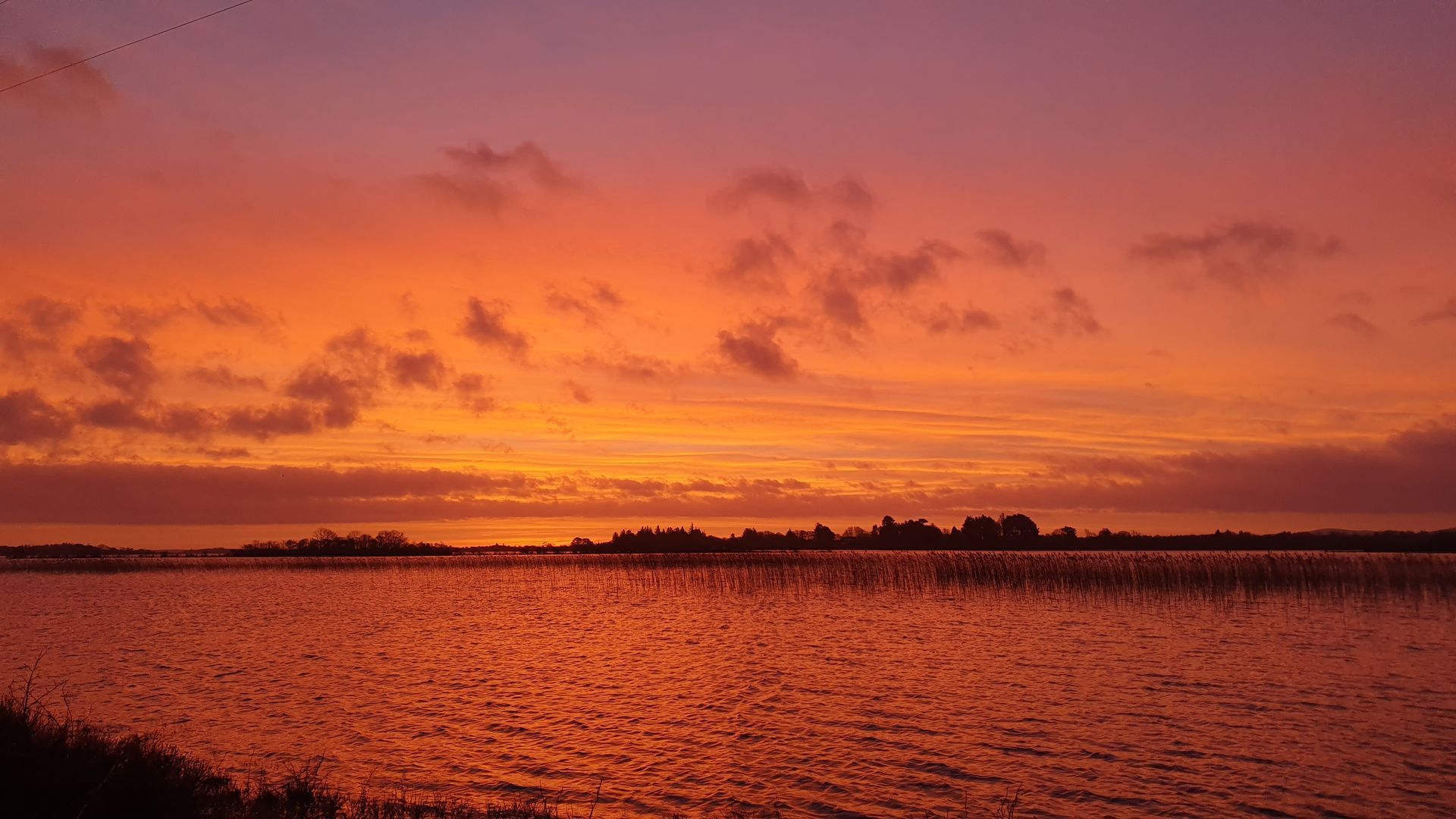
Scientific debates are ongoing about exactly when our ancestors began to utilise fire. What is not in doubt, is that this technology had a profound impact on the earliest phases of our – early humans’ – process of producing culture. The evolution of our cultural and social systems began with meals and social time, shared around fires after the day’s work (likely gathering and hunting for food).
A particularly interesting study on this subject, Embers of society: Firelight talk among the Ju/’hoansi Bushmen, looked at how, “Ju/’hoan hunter-gatherers of southern Africa show major differences between day and night talk. Day talk centred on practicalities and sanctioning gossip; firelit activities centred on conversations that evoked the imagination, helped people remember and understand others in their external networks, healed rifts of the day, and conveyed information about cultural institutions that generate regularity of behaviour and corresponding trust.”
When and where did politics begin?
When and where did group therapy begin?
When and where did collective decision-making begin?
When and where did [pick your cultural phenomenon] begin?
Hundreds of thousands of years ago, around campfires, somewhere on the African continent. And from this the astounding complexity of the human-made world that we experience today, eventually arose. We may not understand every detail of the intervening cause-and-effect processes, but the patterns are clearly discernible.
In this way, we could say: the unique ability to harness fire, first attained by our ancestors many millennia ago, created the conditions conducive to our ways of life today. Fire, in this sense, is a “first principle”, a precondition for what is to follow.
It is a humbling thought, to recognise that the seed of complexity – that is our human-made world – can be perceived so simply. And, like when we look at the shell of a physical seed, first appearances encapsulate and hint at yet more layers of complexity, at the inner-workings of all that had to happen, for the miracle of that seed to exist. Our harnessing of fire certainly marks some kind of pivotal shift in our development, but it does not change a truth which has persisted throughout our evolutionary history: we depend on our environment, it does not depend on us.
And there is another point of truth, this one perhaps more contestable, worth considering: the complexity of the human-made world is more strongly a function of the scale of our society, than it is of the design intricacy and nuance of what we have built. A simple example: with all our technological ingenuity, we are yet to replicate photosynthesis, or the ability to manufacture a seed from raw materials. Our science has a very long way to go, before it achieves design complexity approaching that which we pass by without remarking, whenever we find shade under a tree, water our house plants, or gift a flower to a loved one.
But let’s return to first principles and a rigorous process of inquiry.
When I was an engineering student, thermodynamics, fluid mechanics and heat transfer were some of my favourite areas of study. The physical phenomena that these subjects were about made a particular kind of sense to me. I enjoyed learning to theoretically predict the outcomes of imagined real-world scenarios, in which liquids and gases were moving from here to there, transferring energy and changing states. The
Navier-Stokes equations stand out in my mind, as some of the mathematical representations of physical phenomena that I had to wrestle with, before reaching understanding and a proficiency with their application to problems solving.
I also recall a thought I had during my learning process, which was something like, “wow, so much discovery and intensive study, so much experimentation, so much dedication, has been spent so that I can simply read about this equation in a book, and learn to apply it to real-world problems.” I was, and still am, in admiration of and gratitude for, the countless shoulders of giants whose work has allowed us to build the world we inhabit today.
What fascinated me most, about the theory that I was learning to put into practice, was the clear lineage of scientific progress implied by every single equation. Most engineering textbooks devoted a few pages, perhaps a chapter or two, to grounding the students’ understanding within the history of the scientific process, that allowed scientists to arrive where we were beginning our learning journeys with their works. Through this I was taught to appreciate the importance of first principles. How we arrive at the scientific tools we deploy to solve problems matters; as does the ability to be able to reproduce the process(es) of discovery – albeit, usually in a formulaic manner – to arrive at the exact equations that we know work best in a given context.
The scientific method is so brilliant exactly because each new inquiry does not have to begin with verifying the applicability and veracity of the intermediate steps. The inquiry can begin at the bleeding edge, where new knowledge is discovered. (Of course reevaluations are necessary and do happen, too.)
I am further grateful for my scientific training, because it has been the source of a persistent niggle with respect to Life’s Principles, as the global biomimicry community defines them. I have concluded that this niggle is borne of my pining for deeper insight into the historical context.
When and where did the six primary Life’s Principles categories come from?
When and where did the 20 sub-principles come from?
When and where did the development of this formulation begin and end?
When and where did, “life creates conditions conducive to life”, become the central tenet?
The paradox here is that we feel a resonance with the culture of biomimicry, and yet have not found the connection to a shared story among its practitioners.
I understand that Janine Benyus originally proposed nine principles. I also understand that over the subsequent two decades and more, many biologists, designers and the growing group of biomimics have worked together to refine our understanding of Life’s Principles.
For those unfamiliar with this history, I asked ChatGPT to provide a summary:
The Life's Principles in biomimicry were developed by Janine Benyus and the Biomimicry 3.8 Institute, a non-profit organisation dedicated to promoting the use of biomimicry as a tool for sustainable innovation. The principles were developed through a process of observing and analysing how living organisms have solved complex problems through billions of years of evolution.
Benyus and her team studied the strategies and patterns found in ecosystems, such as how organisms use resources, how they communicate, and how they adapt to changing conditions. They also examined the structures and functions of individual organisms, from the micro-level of cells to the macro-level of ecosystems, to understand how nature designs and operates.
Life's Principles were developed through a process of synthesis and abstraction from these observations, identifying common patterns and strategies that could be applied to human design and innovation. The principles are intended to provide a framework for designers and innovators to learn from nature's wisdom, and to create solutions that are more sustainable, efficient, and in harmony with the natural world.
The development of the Life's Principles is an ongoing process, as biomimicry practitioners continue to observe and learn from nature, and to apply these insights to create innovative and sustainable solutions.
Yes, thank you ChatGPT, you marvel of science you. (And yes, I am talking to a machine—don’t pretend you haven’t done it).
And, yet, there are still questions. Things we would like to know, that we don’t. Stories we would love to see in the public (online) domain. Perhaps how it all unfolded is a story that resides in the shared histories of those who were involved, and is an untold story that deserves more attention?
Our ambition is to learn about the first principles approach employed in arriving at the current formulation of Life’s Principles, and to play a role in furthering their development.
We see two exciting and distinct approaches to evolving the expression of Life’s Principles: by learning from those who preceded us and mimicking their methods into the future; and, by harnessing distributed learning and collective sense-making to inform a living, shared narrative of what Life’s Principles mean, for humans. With the twin pressures of these two approaches to paying attention to Life’s Principles, we are eager to witness something novel emerge.
We envision that these processes might more strongly empower the global biomimicry community, in becoming ever more proactive in keeping this knowledge system alive. There is a collective identity emerging, a mythology of biomimicry. We would like to positively contribute to shaping its direction.
Planting Three Seeds
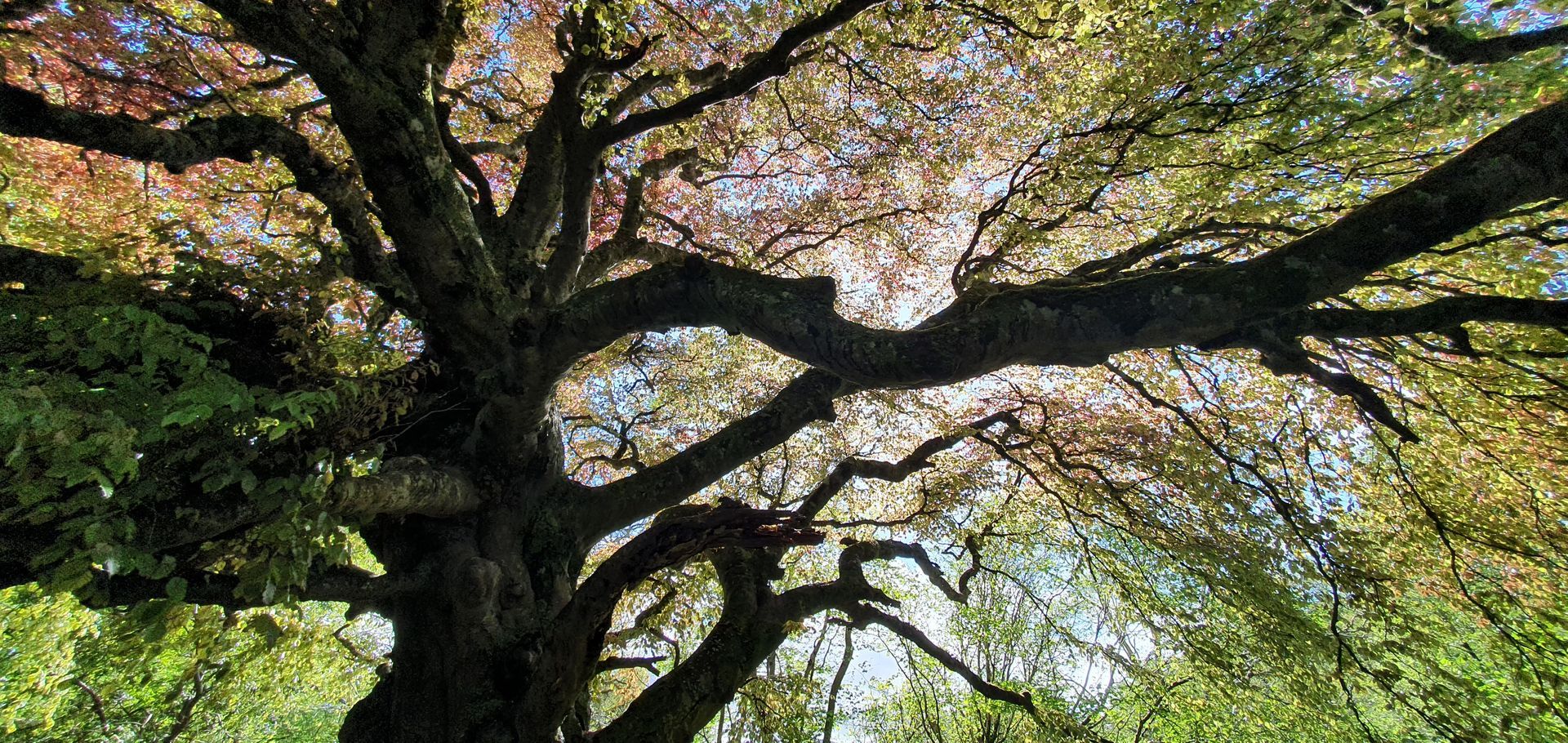
Three articles commemorating our reconstitution as an organisation; four podcast-style conversations (and counting); and, a swell of behind-the-scenes work, as we orientate and prepare.
The first seed has been this “trilogy” of articles. The second seed is the Life’s Principles exploration expounded on above, which is being initiated publicly in concert with this article’s publishing. The third seed—we will get to that.
While talking about human rights, we alluded to how we imagine that a particular way of thinking can redefine our approaches to achieving desired outcomes, such as equal rights for all of life. This way of thinking begins with asking, “how do we create the conditions conducive to…?”
This diagram which illustrates the set of 26 Life’s Principles, has at its centre the statement, “Life creates conditions conducive to life.” As this statement visually marks the centre in the circle of Life’s Principles, so this article is our point of instantiating what will be a year-long journey with these principles. We are very optimistic about the engagement that will accompany us along the way.
… Please join the conversation here…
About that third seed: it has informed the weaving of our little exposition here; it is a way to tease out the intricate motivations alive within us all; and, it is another (set of) conversations we are looking forward to commencing. If it were a story, it would read as follows:
There once was a group of strangers. At the beginning, they knew nothing about one another. They were drawn together nonetheless, by their feelings. What they shared were anxieties and fears, pains and sorrows; yet they also shared hopeful dreams, and a knowing. They knew that a more beautiful world was possible.
One day, they began a conversation about how they felt. They gathered in a comfortable space, where attentive warmth and trust were as tangible as the fire in the hearth, and the sweet, hot cups of tea in their hands. One would speak at length, without interruptions. The others would listen. When one had said what they needed to, there were no questions asked of them. Another then shared their feelings. The topic was not defined, and it was understood that all that was expressed was connected to everything else.
When the heat of feelings previously unexpressed had left the room, and all felt a shared peace, they would move on to a different kind of conversation. Where earlier they had been speaking from the heart, now they engaged with their rational, thinking minds. This conversation was about making sense of the conditions in their environment. Differing perspectives were welcomed, arguments were welcomed, with all appreciating that these incisive inquiries were leading the group somewhere, a place none could approach on their own.
Weeks went by. Months went by, rolling into years of continual conversation. Then the time for action came. Our confidants now held a shared sense of identity, and purpose. They committed themselves to building the foundations of a better way of being. They kept up their communications about feelings and sense-making, allowing these to feed their pragmatic decision-making, day by day.
More weeks and months and years went by. It was not an easy task, building a better life—not for the fainthearted. Luckily, all who joined their conversation grew out of faintheartedness, by the strength of the group. Their work continues today. Come find us.
In the same way that our previous two pieces were informed by our emotional attachments to Claire and the feelings arising from her loss, so our conversations going forward begin with an emotional layer, and progress to a sense-making conversation, that empower us to begin the work in the world. Three layers of conversation, always anticipating and following one another.
